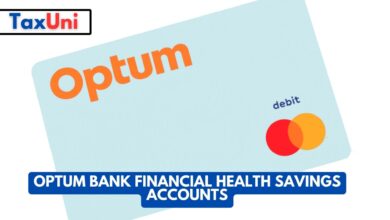What is APR?
You'll often see APR when shopping for credit cards, mortgages, personal loans, and cars. Some fees, like those for underwriting and document preparation, are included in the APR, while others (like property appraisal) are not.

Annual Percentage Rate (APR) is designed to give borrowers a more complete picture of what it costs to borrow. It includes the interest rate and any fees or expenses associated with taking out the loan. This includes prepaid interest, private mortgage insurance (PMI), closing costs, and discount points. However, it does not include any late repayment charges or cash withdrawal fees. Lenders are required to disclose their APR under the Truth in Lending Act, but they may use different calculation methods to arrive at a slightly different figure. The differences between the calculations can affect a consumer’s overall cost.
When shopping for loans, credit cards, and other types of credit, it’s important to understand the APR concept so you can compare rates and costs more effectively. Whether you’re looking at personal APR, representative APR, or APRC, these figures are all designed to help you find the best deal on your next loan.

What is APR on a Credit Card?
APR is the interest charged on a credit card for any balance carried over from one billing cycle to the next. Savvy credit card users pay their balances in full each month so that they don’t have to deal with the added burden of interest charges. You can find your APR by logging into your account on the bank website or by reviewing your most recent statement. It may be listed under a section titled “Interest Rates and Charges.” The APR is also listed in the terms and conditions document that came with your card.
Understanding how APR works is important for anyone who carries a balance on a credit card. While responsible card use and payment habits can help you avoid paying APR, if you do have to carry a balance, it’s helpful to understand how the APR is calculated and when it will apply. It’s also helpful to know how to calculate your own daily interest rate, which can be done by dividing your APR by 365 or 360 (depending on the method used by your card issuer). This gives you a more accurate calculation of your interest charges.

APR vs. Interest rate
When it comes to loans and credit cards, there are many different terms that can be confusing. Two important words you should remember are APR and interest rate. While it’s common to use these two terms interchangeably, they have distinct meanings that are important to understand.
An APR is a broader measure of the cost of borrowing than an interest rate alone. It considers various fees and charges, such as mortgage insurance, loan origination fees, discount points, and closing costs. This gives you a more complete picture of the true cost of a loan.
When comparing loans, comparing APRs is essential to ensure you get the best deal. By understanding what goes into an APR, you can make smarter decisions when it comes to your loans and credit card. Federal law also requires APRs to be disclosed upfront, unlike interest rates. So, be sure to ask about an APR before you commit to a loan.





